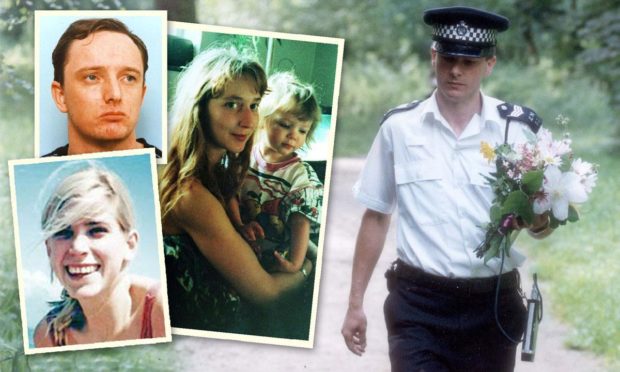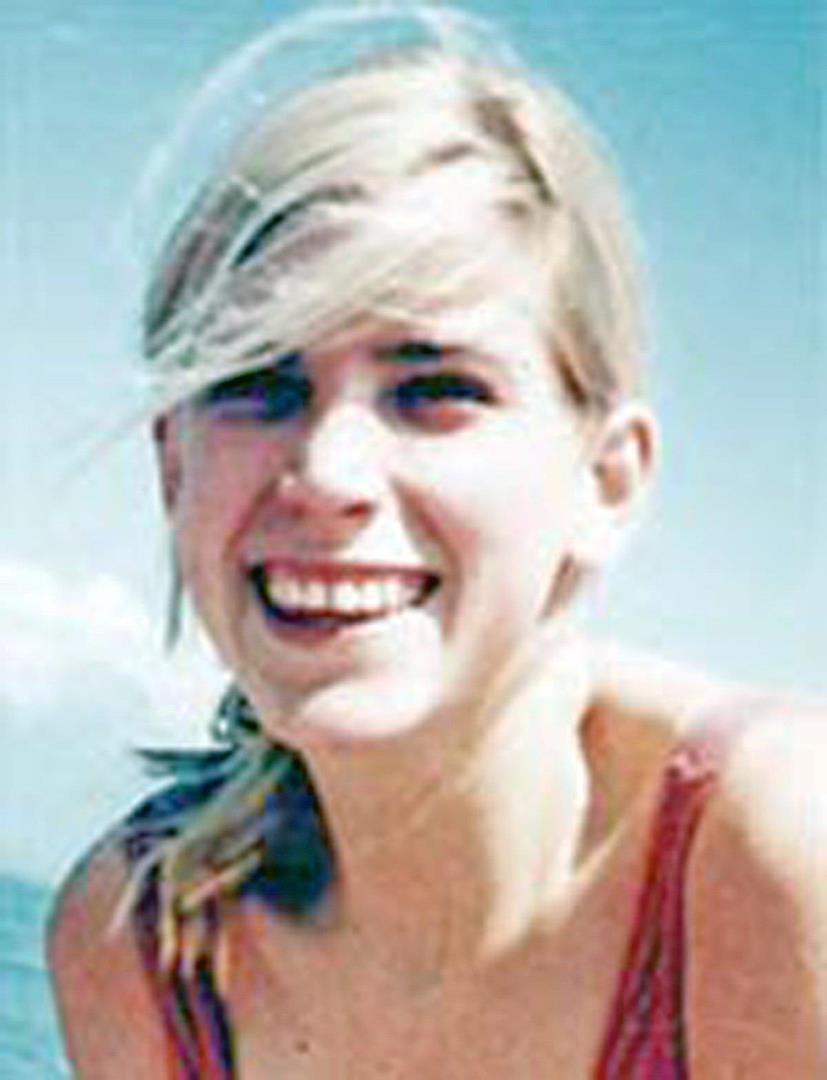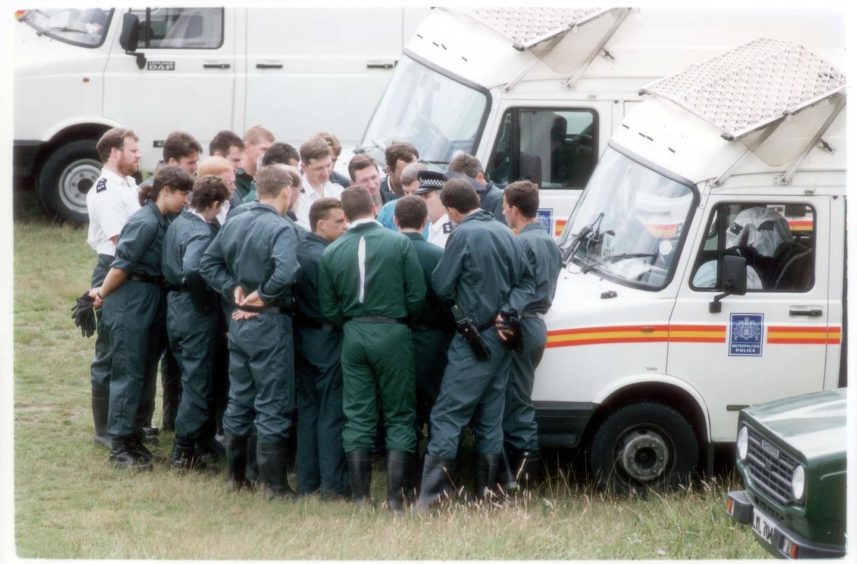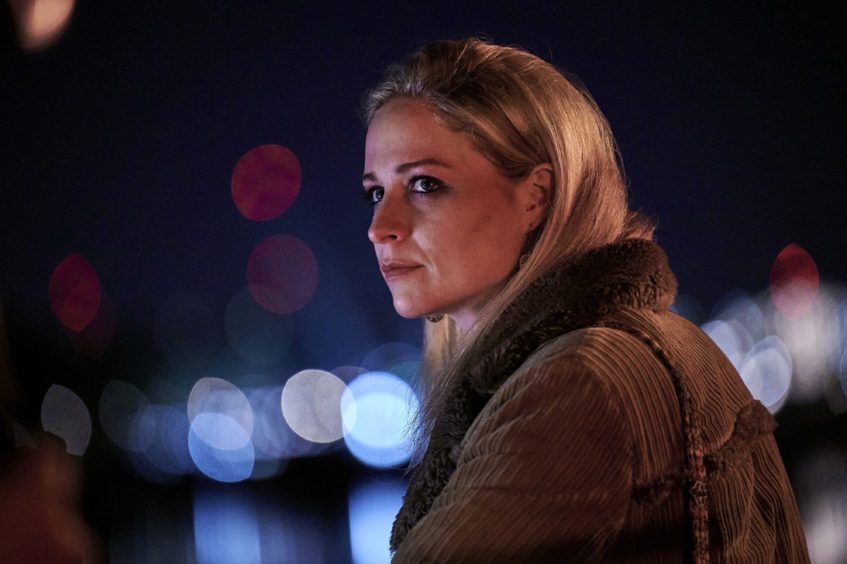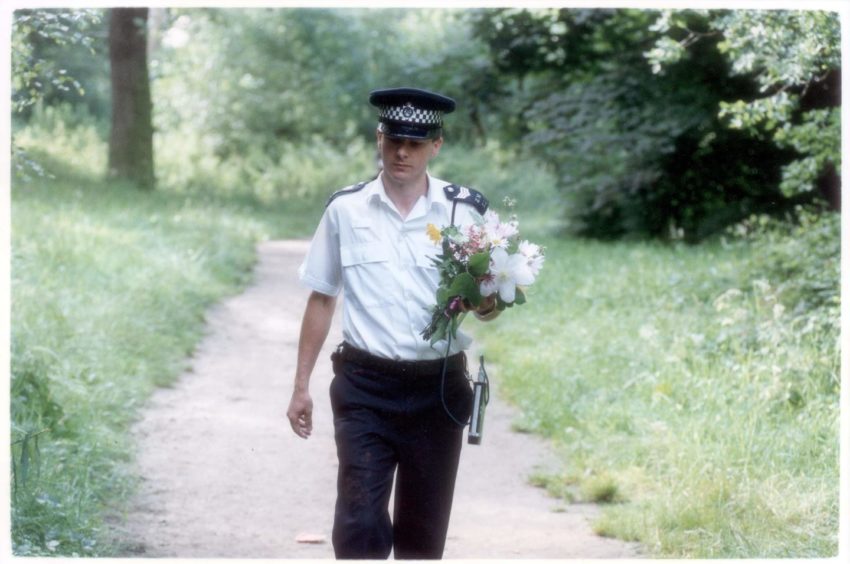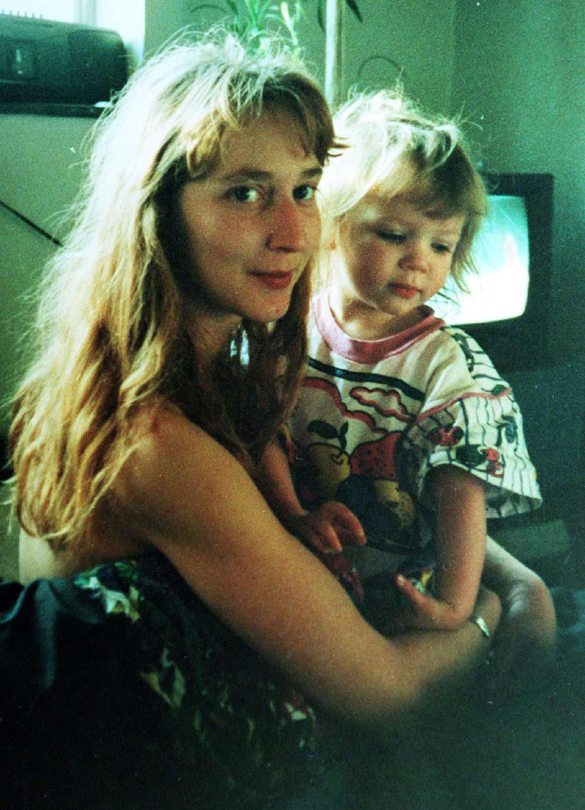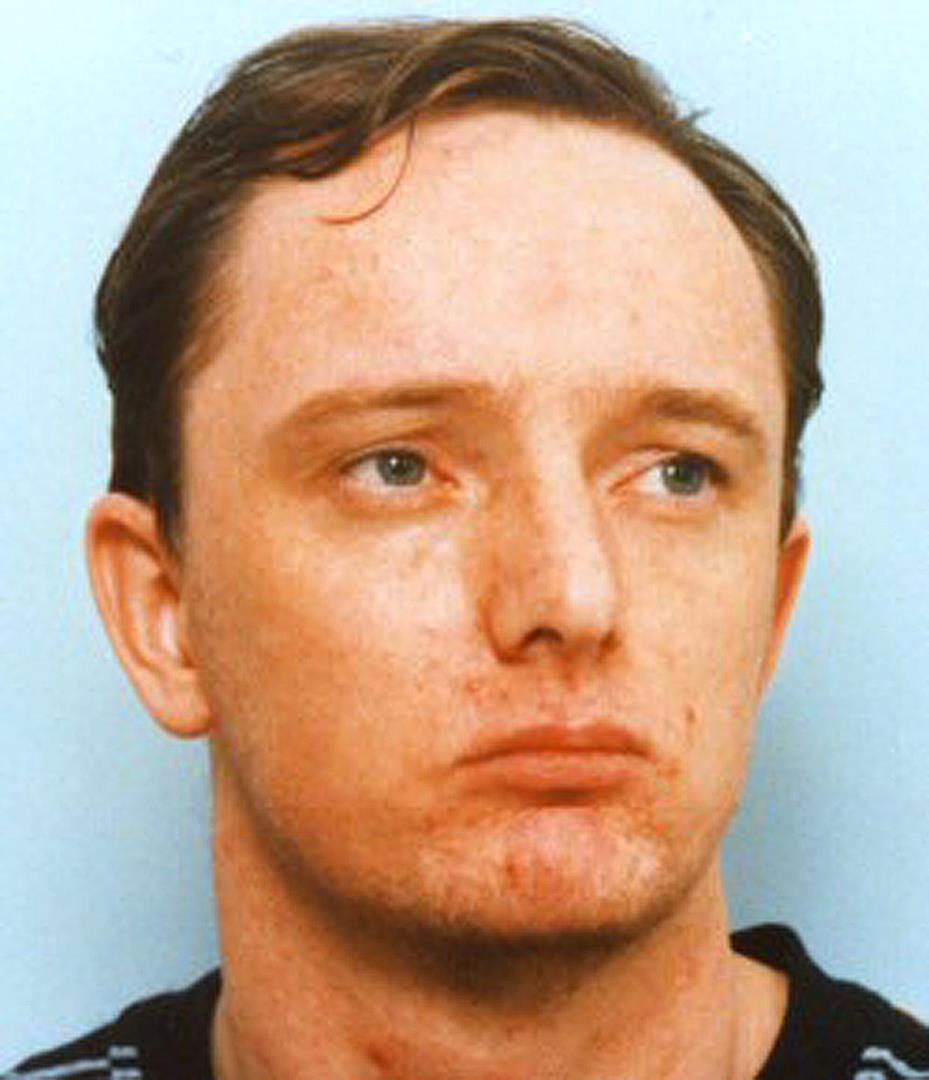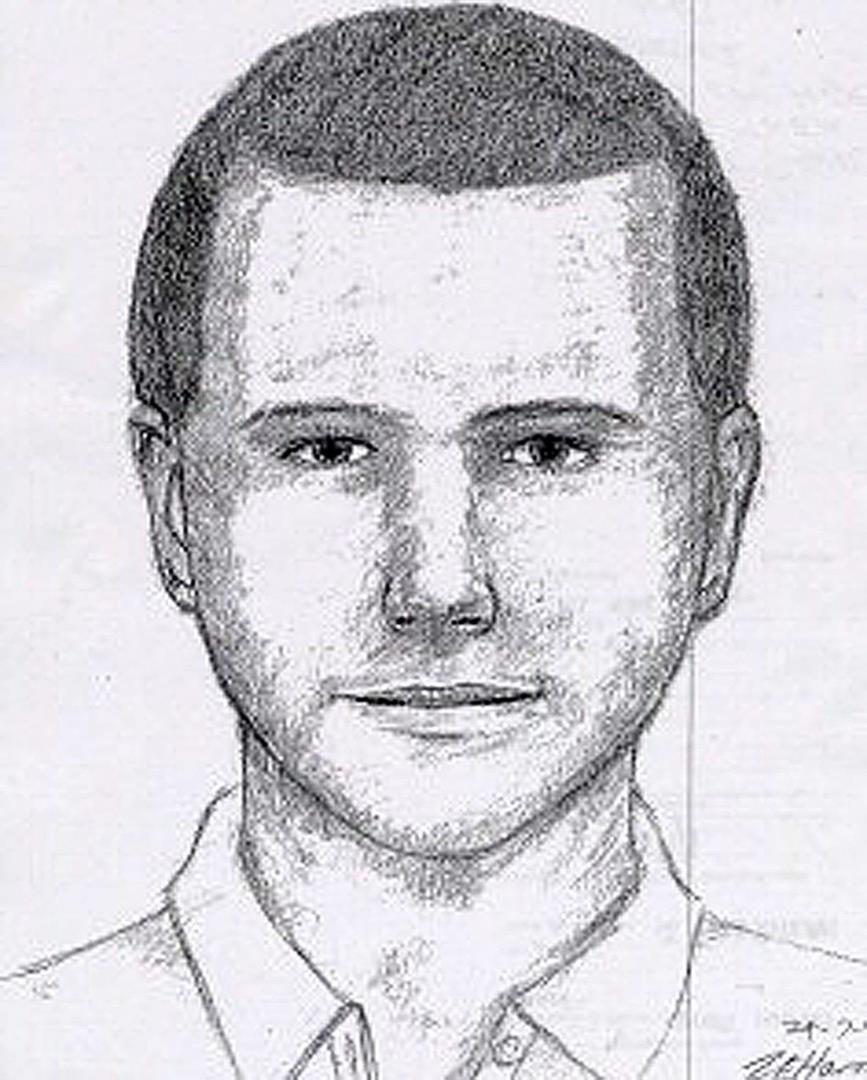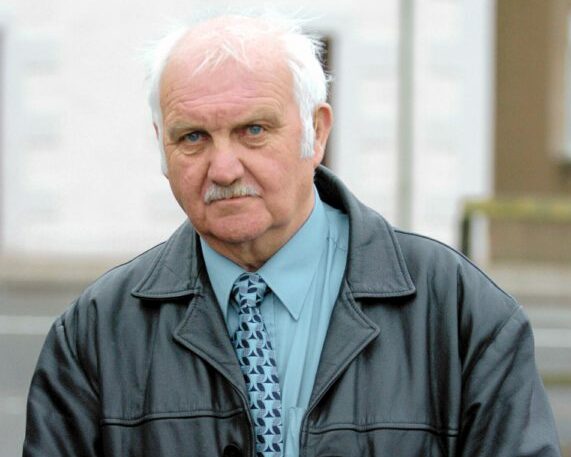Harrowing true crime drama Deceit has shone a light on the botched police investigation into the murder of Rachel Nickell – and the tragic consequences it had for an Aberdeenshire family.
The appalling murder of Rachel – a 23-year-old mum who was killed while walking on Wimbledon Common in broad daylight with her two-year-old son Alexander – shocked the nation in 1992.
A passer-by made the heart-rending discovery of the young mother, dead, with her toddler clinging to her, trying to wake her.
Alexander had placed a bit of paper on her head as a makeshift plaster.
The barbaric and disturbing nature of the crime meant police were under a great deal of pressure to find the killer – and deliver justice for her young son and family.
Deceit, a new four-part Channel 4 series, focuses on the controversial investigation that followed.
The desire to pinpoint a culprit was heightened by the media circus surrounding the case, but after a number of arrests, police were no closer to catching the killer.
Investigators became fixated on one man, the completely innocent Colin Stagg, who used to walk his dog on the Common.
There was no evidence directly linking him to the frenzied murder but he was a shy and awkward man and forensic psychologist Paul Britton profiled him to fit the crime.
To secure a conviction, there would need to be a confession; Stagg had to be made to fit the profile devised by officers.
In an attempt to snare their only suspect, police launched a honeytrap operation using an undercover female officer to get evidence to tease a confession out of him.
Deceit is told from the undercover officer’s point of view in a move Caroline Hollick, head of drama at Channel 4, said challenged often “quite misogynistic” true crime series.
Under the alias ‘Lizzie James’, the undercover officer was given a kinky backstory of sexual satanic rituals and tasked with establishing a relationship with Stagg.
Over five months, the officer – whose true identity remains a secret to this day – tried to coax a confession from Stagg, believing tales of violent fantasies would appeal to him.
But Stagg didn’t commit the crime, so he didn’t confess.
Despite police recordings where the officer told Stagg “if only you had done the Wimbledon Common murder… it would be all right”, to which he responded “I’m terribly sorry, but I haven’t”, he was arrested and charged with murder.
The true killer remained at large and went on to kill Aberdeenshire mum Samantha Bisset and her four-year-old daughter Jazmine.
Collapse of trial
A lack of evidence saw Stagg’s trial at the Old Bailey thrown out, but the 13 months he spent in custody around the time of the trial tainted his reputation.
People remained suspicious of him and he spent years trying to clear his name, fearing he’d be lynched in the street.
Eventually he won compensation and an apology from the Metropolitan Police.
But all the while police were focusing on their efforts making the face fit the crime, the real killer was free to terrorise women.
It wasn’t until 2004, after advances had been made in forensics and DNA, that the true culprit, sexual deviant Robert Napper, was found.
But the delay in pinpointing him as Rachel’s killer saw him strike again in 1993, brutally killing Samantha Bissett and her daughter.
Samantha Bissett became next victim
Samantha was born in Dundee and grew up in Stonehaven before travelling Europe and settling down in south-east London with her partner and four-year-old daughter Jazmine.
The pair were saving for a deposit for a house but the happy, devoted 27-year-old mum had her life cut tragically short in a brutal killing on her own doorstep.
Unbeknownst to Samantha and her family, Napper had been stalking and spying on her for weeks before he forced his way into her Plumstead flat in November 1993, armed with knives.
What followed was a harrowing and heinous murder where Samantha was repeatedly stabbed and carved in a ritualistic killing, and Jazmine was sexually assaulted and smothered to death.
So horrific was the sight, that the police photographer at the scene needed two years off work due to the trauma it caused.
Napper, who had a history of sexual violence and mental health issues, was caught the following May.
At a trial at the Old Bailey in October 1995, Napper admitted manslaughter on the grounds of diminished responsibility and owned up to a rape and attempted rapes the previous year.
Sadly, Samantha’s mother, Margaret, who lived in Inverbervie with her stepfather, Councillor Jack Morrison, died two days before the trial and didn’t live to see justice for her daughter.
Napper was imprisoned in Broadmoor Hospital, a high-security psychiatric facility, where he was later questioned over Rachel’s death.
He denied having anything to do with it.
Convicted at last
But in 2004, scientific advances identified a shred of DNA found on Rachel’s body as Napper’s.
He was finally brought to justice in December 2008, again appearing at the Old Bailey and admitting manslaughter on the grounds of diminished responsibility.
Disturbing details emerged from the trial that pointed to a botched police investigation.
Members of the public had reported seeing Napper acting oddly at Wimbledon Common and washing his hands in a stream just moments before Rachel’s bloodied body was discovered.
An artist’s impression of a man witnesses described near the scene did bear resemblance to Napper, whose own mother had tried to report him for a violent rape in 1989.
But he was never questioned and it is thought he was responsible for potentially hundreds of serious sexual assaults carried out over a period of years, including the savage ‘Green Chain Walk’ attacks in a leafy part of London.
The conviction may have wrapped up one of Britain’s longest police investigations but it did not immediately bring closure to Samantha’s family whose daughter should still have been alive.
Police failings
Speaking outside the court in 2008, then-Met Police commander Simon Foy said: “These opportunities (to investigate) in 1992 and 1993 were after he killed Rachel.
“If all or any of these opportunities had been taken, it is probable that he would have been in custody and would not have murdered Samantha and Jazmine.
“We have been absolutely honest about this to their family and we have told them that we deeply regret that this happened and have apologised to them.”
After the trial, Samantha’s stepdad, former Inverbervie councillor Jack Morrison, told us that the family had felt let down and added: “Samantha and Jazmine could be alive today if police had not been so blindly focused on Colin Stagg.”
An Independent Police Complaints Commission review into the whole investigation found there were indeed police failings.
The report revealed officers missed a series of opportunities to take the violent psychopath off the streets and claimed police failed to act on several tip-offs.
After the publication of the report in 2010, Mr Morrison said: “Everybody knows about the tragic mistakes they made, but they were trying their hardest.
“A lot of time has passed and I think it should be left now – they got the man who did it.”
See more like this:
